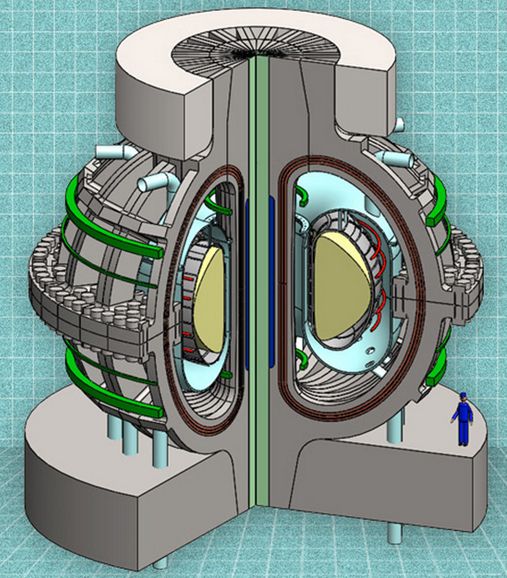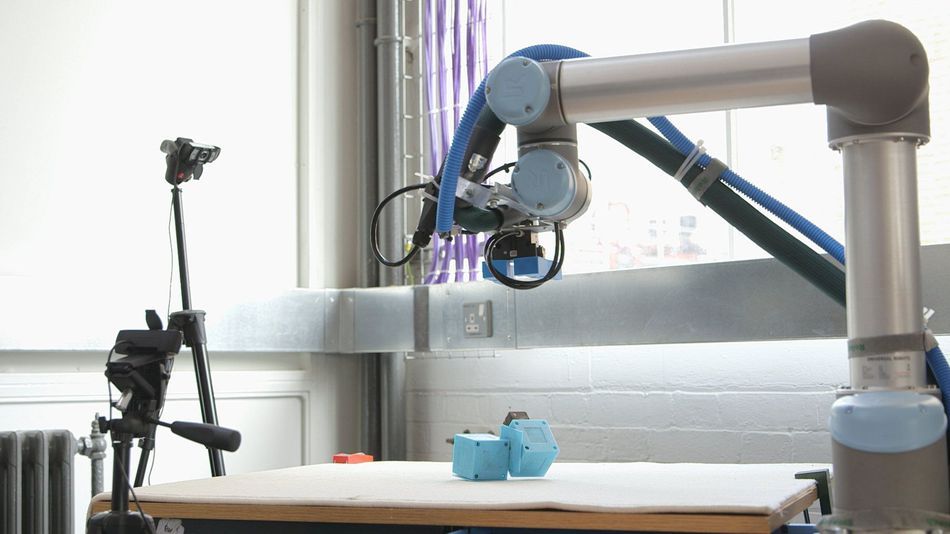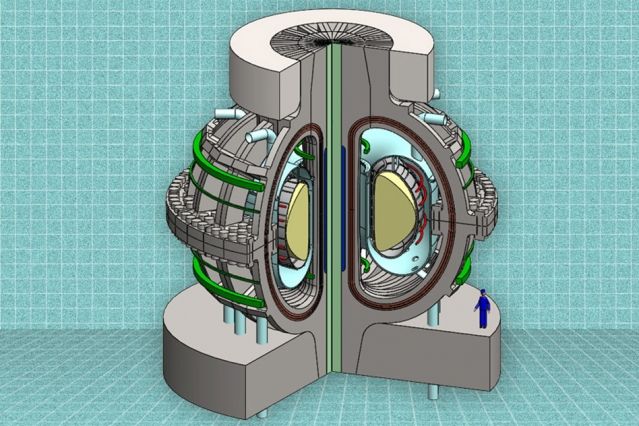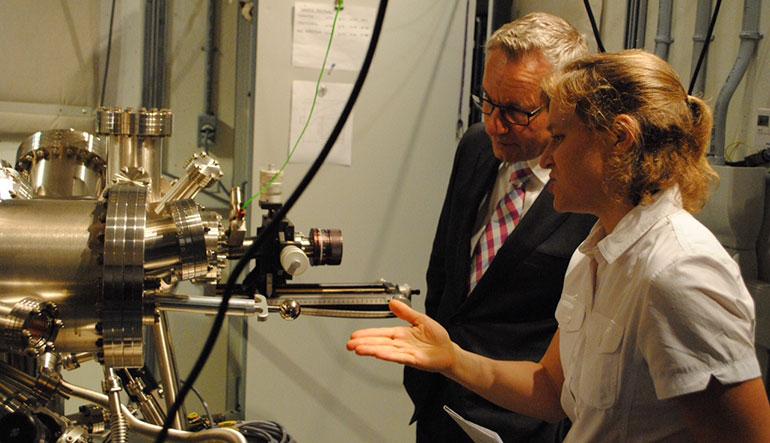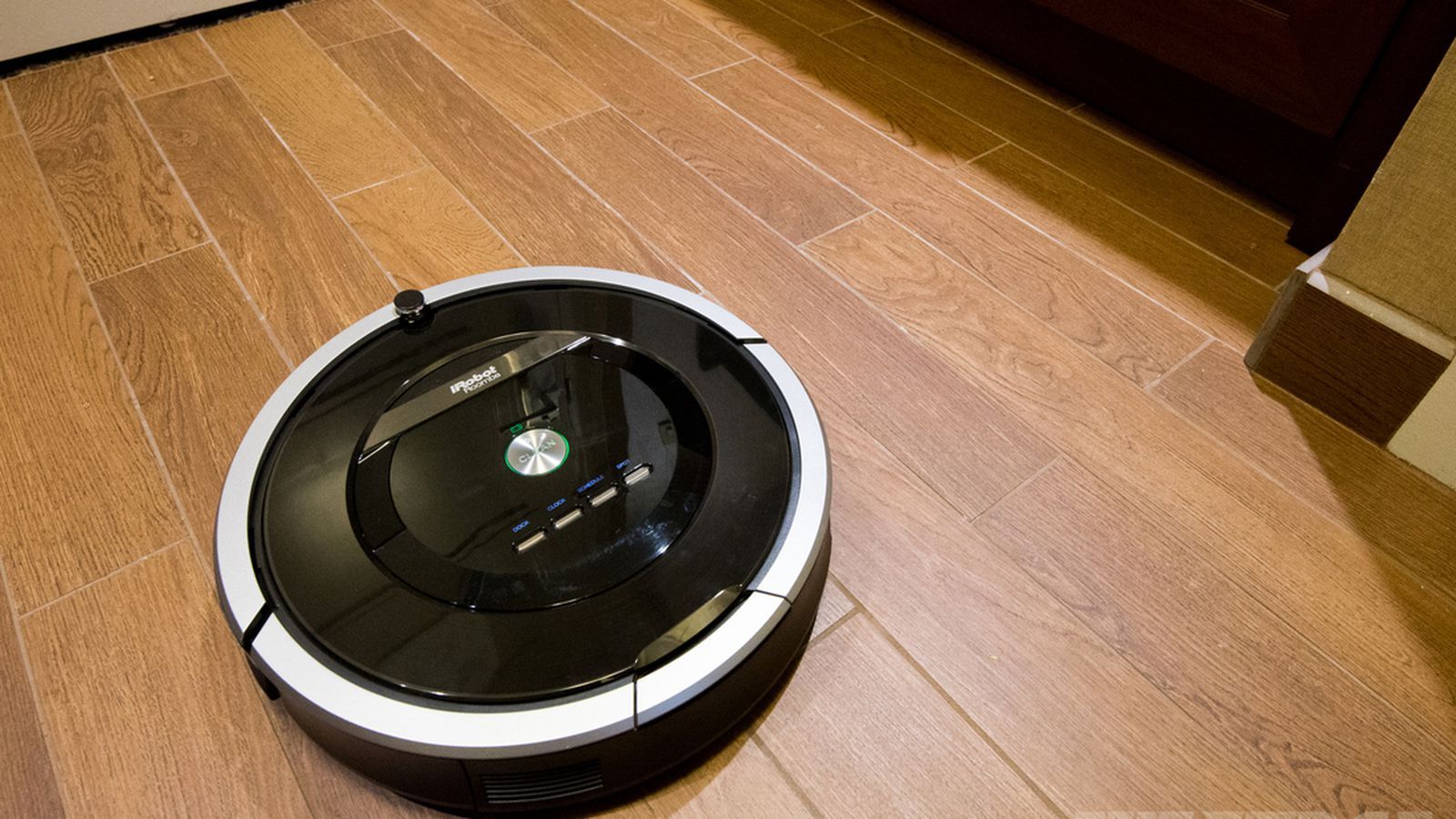
It’s been nearly a decade since the earliest whispers suggested iRobot, makers of the Roomba, were building a lawn mower. But we seem to be a bit closer to the future we were promised: the FCC has granted approval to iRobot to build a hands-free mowing-bot, Reuters reports.
Although we don’t know all of the specifics, the mower, according to Reuters, would operate through stakes in the ground that wirelessly connect to a mower and map out where it should cut. That approach required a waiver from the Commission, which was granted despite objections from the National Radio Astronomy Observatory. The observatory argued the mower’s signal would interfere with telescopes, but the FCC sided with iRobot, saying its limitations would insure astronomers‘ work wasn’t harmed.
But a mower still doesn’t sound like it will be available to consumers imminently. According to Reuters, iRobot says the waiver will let it “continue exploring the viability of wideband, alongside other technologies, as part of a long-term product exploration effort in the lawn mowing category.”
Read more



